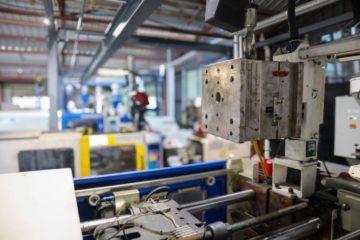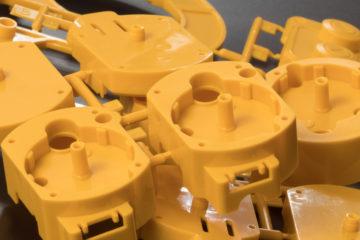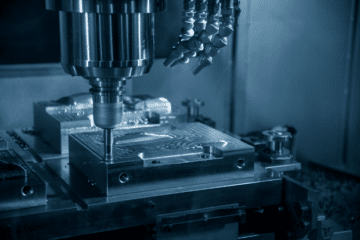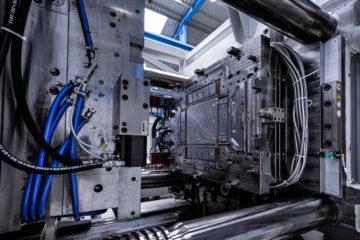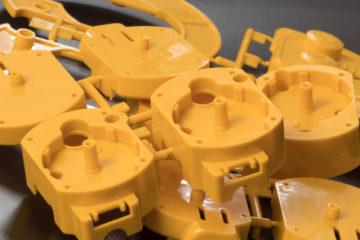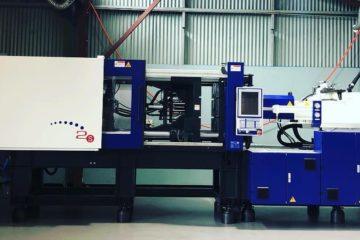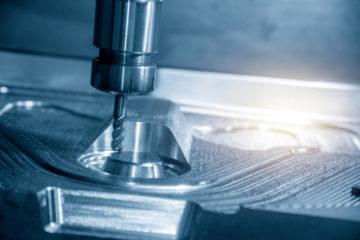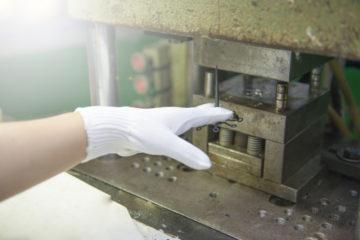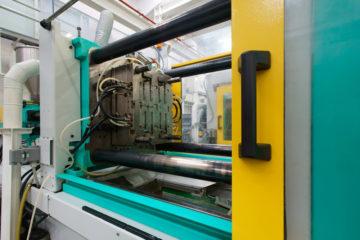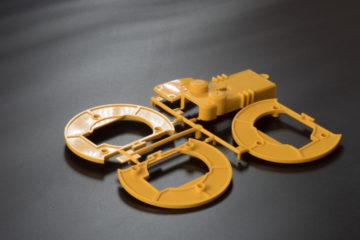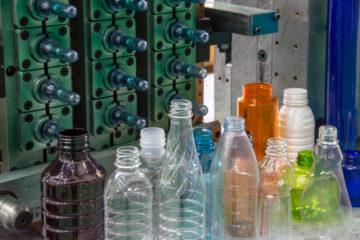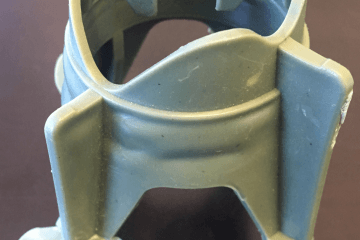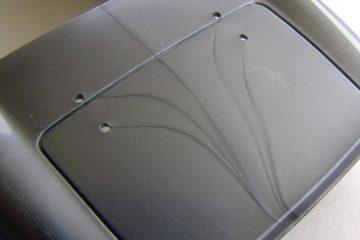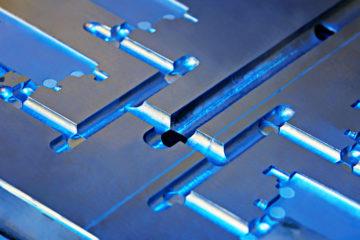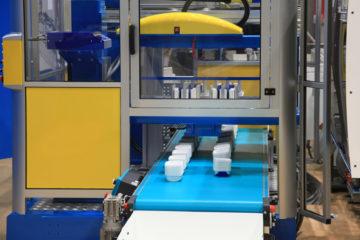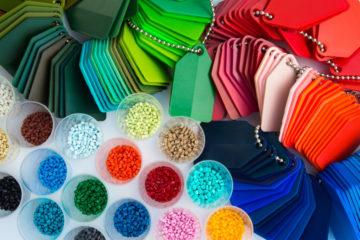Injection moulding is a manufacturing method where plastics are shaped (or ‘moulded’) to form all kinds of objects that we use in our everyday lives. If you’ve ever sat on some plastic lawn furniture, unscrewed a plastic bottle cap or combed your hair with a plastic comb, then you’ve probably used an item that was created as a result of plastic injection moulding.
What is the history of injection moulding?
The first ever injection moulding machine was patented by John Wesley Hyatt and his brother Isaiah in 1872. By injecting celluloid through a heated cylinder and into the mould cavity of his machine, Hyatt was able to produce billiard balls — a useful object indeed.
In the following years, the plastic injection moulding industry developed slowly, until the 1940s when World War II arrived and there was a dramatic increase in the demand for cheap and quick product design methods that could mass produce materials.
Shortly after the war ended, James Hendry made significant improvements in the design of injection moulding machines. In 1946 he introduced the screw injection machine. Screw injection is still commonly used today. His machine also allowed for materials to be mixed before being injected so things like colorants could be included in the manufacturing process.
Hendry would go on to make further developments in injection moulding several years later, developing gas-assisted injection moulding in the 1970s which allowed for greater strength in the final product as well as reduced time, costs and waste.
How does the injection moulding process work?
- The process begins with plastic resins being funnelled through a feed hopper and into an injection barrel. The required colorants are also fed through.
- Once the resin enters the barrel, it is heated until it reaches melting temperature.
- The molten resin is then injected into the mould, usually using a screw injector. Unlike the barrel, the mould remains cool, so shortly after the resin enters the mould cavity, it solidifies.
- The mould is held together until it is sufficiently cool. When this happens, the mould opens and the finished part is ejected.
What products are made using plastic mould injection?
These days, plastic mould injection is one of the most common methods of part manufacturing in the world, mostly due to its high production rates, low labour costs and minimal wastage. Injection moulding is used to create a huge number of products. Here is a list of just a few:
- Computer parts
- Outdoor furniture
- Bottle caps
- Combs
- Automotive dashboards
- Toys
- Pulleys
- Gears
- Washers
- Power tools
Disadvantages and potential complications of injection moulding:
Despite it’s many advantages, injection moulding is not a perfect method of manufacturing. Some of the potential complications of injection moulding include:
- Burnt parts — This can occur when melting temperature is too high or when cycle time is too long.
- Surface problems — Bubbles or resin decomposition as a result of too-high temperatures, excess moisture
- Warpage — This can occur when temperature is uneven as the plastic goes from melt to solid state inside the mould
- Incomplete cavity filling — This is the result of an insufficient ‘injection stroke’ — that is, not enough resin is injected into the mould.
Subscribe to Our Newsletter
Get the latest news from Dienamics into your inbox







